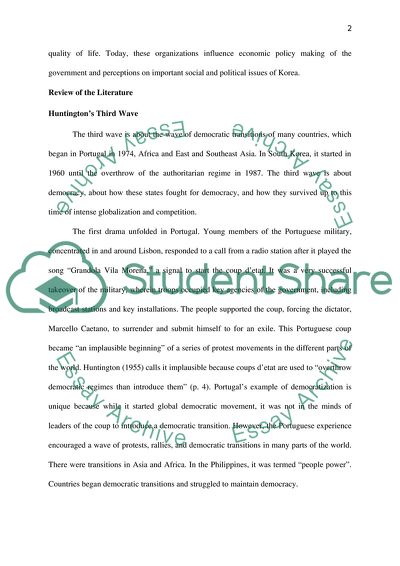Cite this document
(Political Transitions in East and Southeast Asia Research Proposal Example | Topics and Well Written Essays - 4000 words, n.d.)
Political Transitions in East and Southeast Asia Research Proposal Example | Topics and Well Written Essays - 4000 words. https://studentshare.org/politics/1862943-political-transitions-in-east-and-southeast-asia
Political Transitions in East and Southeast Asia Research Proposal Example | Topics and Well Written Essays - 4000 words. https://studentshare.org/politics/1862943-political-transitions-in-east-and-southeast-asia
(Political Transitions in East and Southeast Asia Research Proposal Example | Topics and Well Written Essays - 4000 Words)
Political Transitions in East and Southeast Asia Research Proposal Example | Topics and Well Written Essays - 4000 Words. https://studentshare.org/politics/1862943-political-transitions-in-east-and-southeast-asia.
Political Transitions in East and Southeast Asia Research Proposal Example | Topics and Well Written Essays - 4000 Words. https://studentshare.org/politics/1862943-political-transitions-in-east-and-southeast-asia.
“Political Transitions in East and Southeast Asia Research Proposal Example | Topics and Well Written Essays - 4000 Words”. https://studentshare.org/politics/1862943-political-transitions-in-east-and-southeast-asia.


